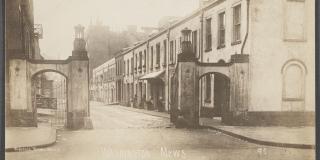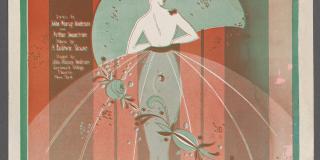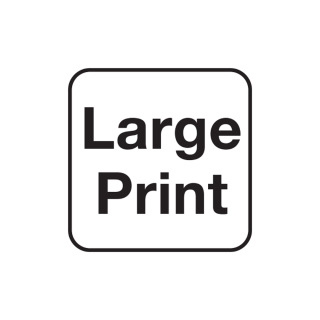During the 1910s an extraordinary gathering of groundbreaking artists, writers, radicals, reformers, and free spirits from across the United States and Europe settled in Manhattan’s Greenwich Village neighborhood, lured there by inexpensive housing and the promise of a relaxed, permissive atmosphere in which to work. Though harboring diverse creative and personal agendas, these iconoclastic transplants shared an impulse to upend not only the established principles of their respective arts but also the era’s social conventions and political status quo.
Drawn from collections across The New York Public Library, Becoming Bohemia: Greenwich Village, 1912–1923 surveys key individuals, places, events, and works that defined America’s first large-scale countercultural enclave, while also noting factors that led to the decline of this vibrant, storied setting.
This exhibition is organized by The New York Public Library and curated by Michael Inman, Susan Jaffe Tane Curator of Rare Books.

















